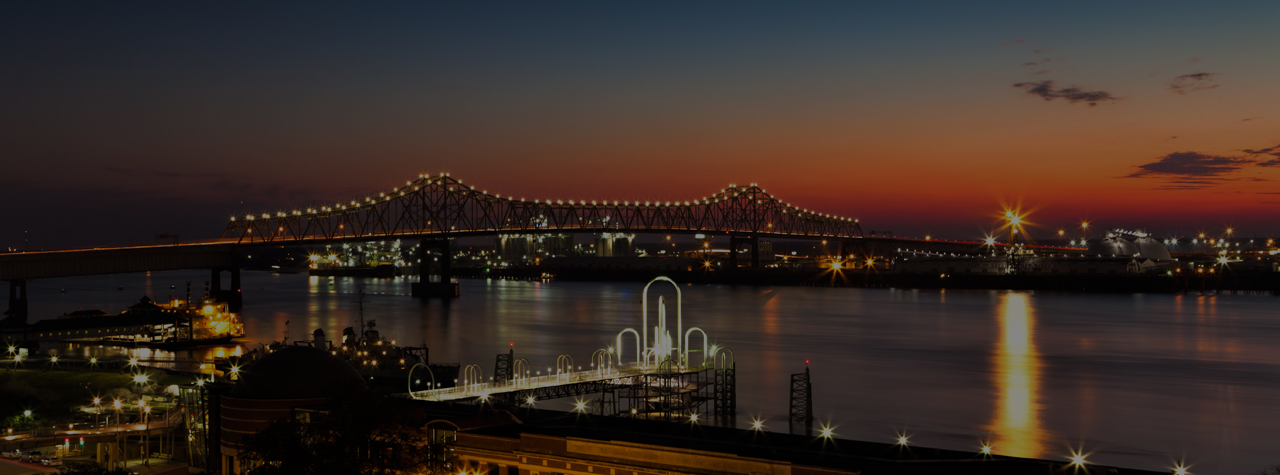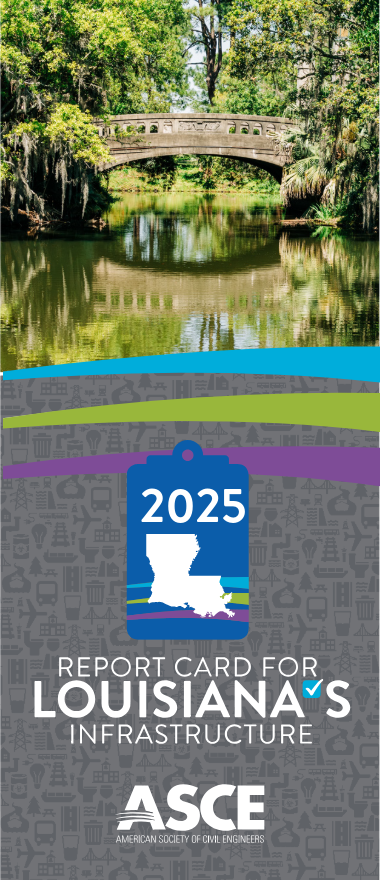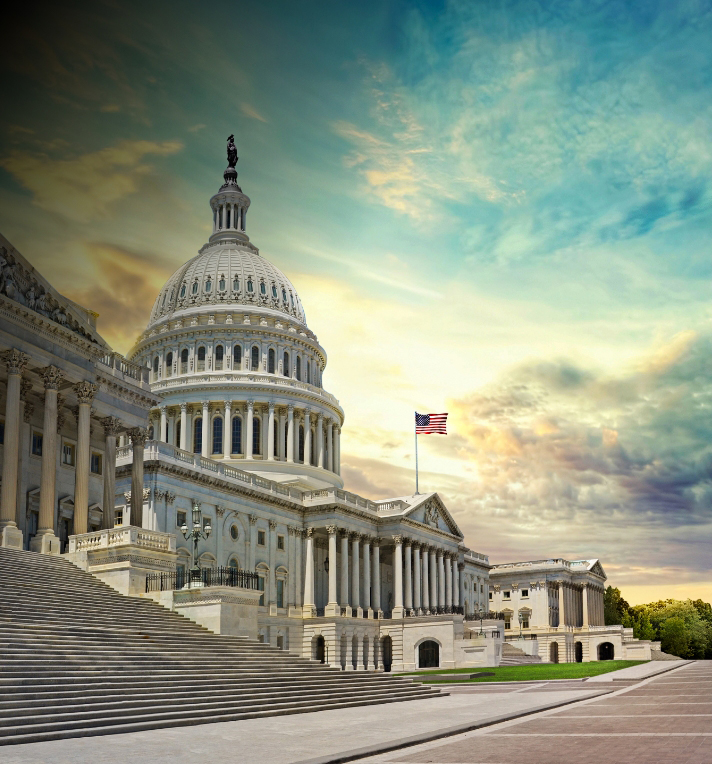2025 Louisiana Infrastructure Report Card
2025 Report Card GPA: C-
Since the first person first set foot in Louisiana, the land has given citizens a full measure of nature’s bounty. In addition to the beauty of its bayous, piney woods, cypress swamps, and oak groves, Louisiana has a robust natural infrastructure. The coastline provides food and a portal to the world; the waterways offer transportation, trade routes and water supplies; and the climate is conducive to year-round outdoor activities. However, the state is struggling to adequately construct and maintain the infrastructure we need to live and prosper in a safe, modern society.
The Louisiana Section of the American Society of Civil Engineers’ 2025 Report Card for Louisiana’s Infrastructure is a non-political, technical review of 10 critical systems: aviation, bridges, coastal areas, dams, drinking water, levees, ports, roads, solid waste, and wastewater. Louisiana’s infrastructure receives a grade of C-, up from a D+ in 2017 and a D in 2012. While the state is making small improvements in its infrastructure, a lot of work is needed. Six of the 10 infrastructure categories earned the same or lower grades since the 2017 report, and no area earned a grade higher than C+.
Louisiana saw improvements in aviation, coastal areas, and drinking water, in large part due to increased state and federal funding, including funding from the Infrastructure Investment and Jobs Act (IIJA). Despite this influx of investment, many funding sources have not kept pace with inflation or met growing needs, leading to significant funding gaps that prevent the state from addressing critical maintenance or capital improvement projects. Dams and ports saw decreases in their grades, as dam owners struggled to address maintenance needs and ports have not kept pace with capital investment needs to accommodate larger vessels and withstand extreme weather events.
Storm hardening measures and disaster response programs have strengthened the resilience of Louisiana’s infrastructure systems in recent years. However, it is critical that these efforts continue, as the state’s built environment will continue to face increasingly severe weather events.
The 2025 Report Card for Louisiana’s Infrastructure presents a thorough, data-informed evaluation, and the findings point to serious concerns that merit close attention: Our roads “continue to deteriorate,” and more than 1,500 of our bridges are in poor condition. Louisiana communities sometimes “struggle to meet potable water demands” while our cherished coast faces “critical challenges.”
The hope is that Louisiana public officials will hear those alarm bells and make sound public policy decisions to prioritize and improve our infrastructure. With proper long-term planning and adequate investments, we can raise the grade to build upon the remarkable advantages this state has bestowed upon us.
-
Explore Louisiana
- Grades
- State Fact Sheet
- IIJA Grants
Louisiana Infrastructure Grades
A: Exceptional, B: Good, C: Mediocre, D: Poor, F: Failing
Each category was evaluated on the basis of capacity, condition, funding, future need, operation and maintenance, public safety, resilience, and innovation
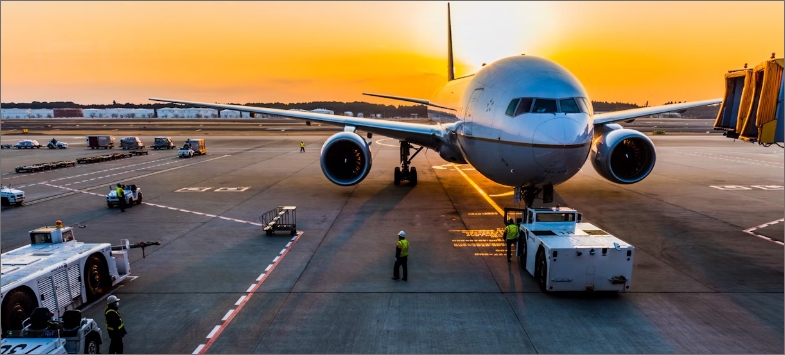

Aviation
Louisiana’s airport system includes seven commercial airports and 61 general aviation airports. These airports are critical drivers of economic activity, generating more than $10.1 billion in economic output and supporting over 76,000 jobs as of 2025, an upward trend in recent years. The state’s aviation system earned a grade of C+, reflecting strong performance in capacity and innovation but persistent challenges in operation and maintenance, and safety. Most general aviation runways are in good condition, though some need maintenance or reconstruction. Larger airports meet capacity and design standards, while smaller ones face ongoing challenges. Safety remains a concern due to runway obstructions and limited backup power, especially for hurricane response. While recent federal relief and funding from the Infrastructure Investment and Jobs Act (IIJA) have supported modernization, Louisiana faces a backlog of between $500 million to $1 billion in unmet airport project needs.
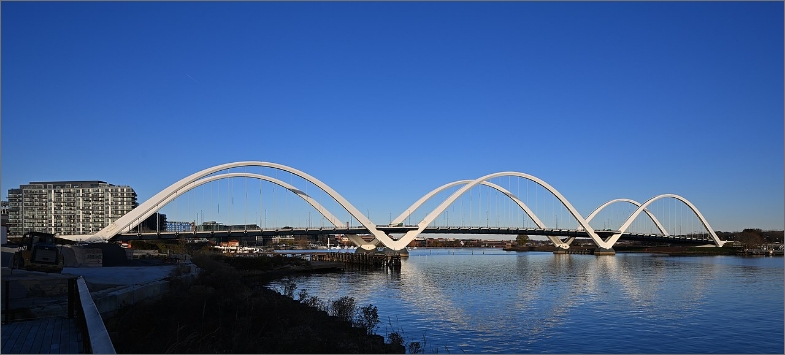

Bridges
Louisiana, unofficially “America’s Wetland”, is home to 12,698 roadway bridges, which cross numerous low-lying areas and intertwined navigable waterways. This infrastructure is vital for the transportation of goods and services that are the economic lifeblood of Louisiana. Though Louisiana ranks 24th nationally for number of bridges, it ranks fourth for total bridge deck area, boasting 182 million square feet of elevated roadway, and five of the eight longest highway bridges in the world. Unfavorably, 11.5% of Louisiana’s bridges are rated in poor condition, ranking Louisiana eighth nationally for highest percentage of poor condition bridges. While Louisiana has made progress in reducing the number of bridges in poor condition, the state’s overall bridge conditions have trended downward in the past 10 years. Compounding the problem, Louisiana’s current transportation funding has left a significant budget shortfall, meaning the state does not have the necessary funding for maintaining and improving current bridge infrastructure. Increased funding is necessary to improve the bridge grade.
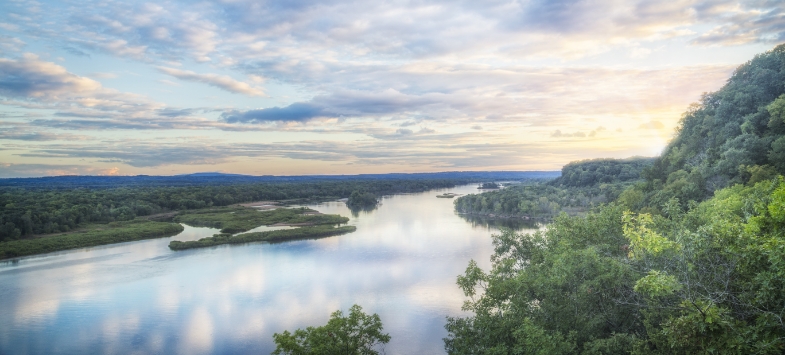

Coastal Areas
Louisiana’s coast faces critical challenges from rapid land loss, rising sea levels, and increasingly intense storms, which threaten its communities, industries, and ecosystems. Since 2007, the state has completed over 150 restoration projects benefiting over 55,000 acres and enhancing storm resilience. However, millions more acres still require restoration. The 2023 Coastal Master Plan outlines a $50 billion strategy to address these issues, but significant funding gaps threaten its implementation. Louisiana’s coast supports a $120 billion annual economic output through industries like oil and gas, seafood, and trade, with its ports and wetlands playing a vital role in national security and commerce. Protecting Louisiana’s coast is critical not only for the state but also for safeguarding the nation’s economy, infrastructure, and cultural heritage.
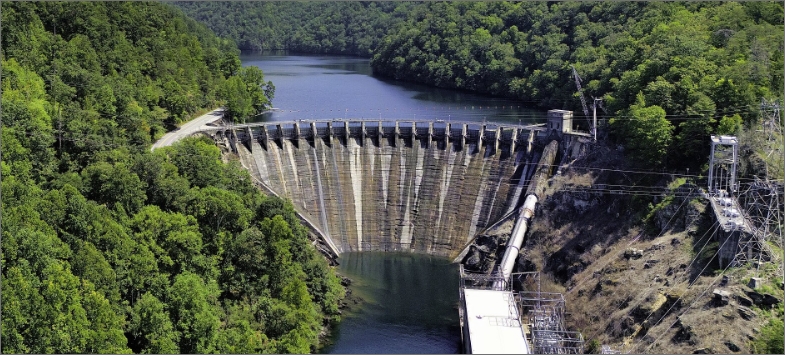

Dams
The Louisiana Department of Transportation and Development (DOTD) Dam Safety Program, established in 1981, oversees the inspection and regulation of 693 registered dams throughout the state to ensure public safety and mitigate risk to life and property downstream. Of these 693, 42 are classified as high hazard potential dams, requiring annual inspections and an Emergency Action Plan. Most of the dams in the state are privately owned and are often underfunded, particularly in terms of operations and maintenance. A majority of the dams are over 50 years old, and the condition of these dams continue to degrade, with only 4% rated as satisfactory. Despite federal investments—such as a one-time $53 million allocation from the Department of Housing and Urban Development and the annual National Dam Safety State Assistance Grant —funding remains limited, especially for privately owned dams. Despite funding limitations, the program continues to explore innovative technologies like drones and LiDAR to enhance the inspection process. Current investment and sustainable funding mechanisms are urgently needed to address current and future repair as well as resiliency challenges for both public and private dams. The slight reduction in the grade from the 2017 ASCE Louisiana Report Card is mostly attributed to a lower assessment of dam operation and maintenance (O&M).


Drinking Water
Louisiana’s drinking water systems face persistent challenges from aging infrastructure, limited funding, and increasing environmental stressors. More than half of the state’s 954 public water systems were built before 1960, and many lack redundancy or capacity to meet future demand. System performance varies widely, with smaller and rural systems facing the greatest difficulties in maintaining safe and reliable service due to financial and operational constraints. The state estimates more than $9 billion in investment needs over the next 20 years, primarily for distribution, treatment, and storage improvements. Recent initiatives, including the Louisiana Water Sector Program, have provided critical funding for repairs and system consolidation, supported by the American Rescue Plan Act (ARPA), Infrastructure Investment and Jobs Act (IIJA), and Inflation Reduction Act (IRA). Increasing risks from hurricanes, saltwater intrusion, and workforce shortages underscore the need for sustained investment and long-term planning to ensure safe, resilient drinking water across Louisiana.
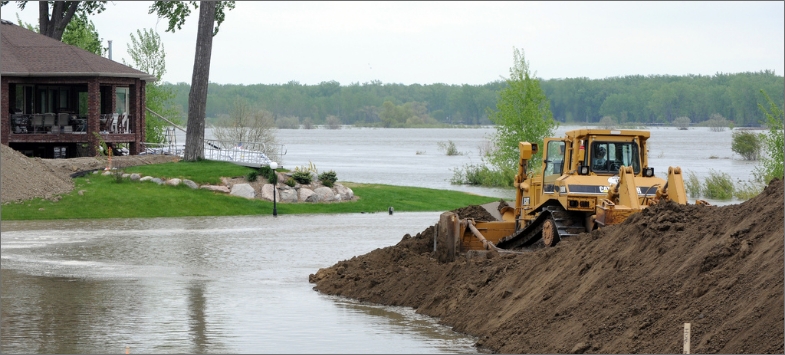

Levees
To protect property and lives from severe flooding, 21 Louisiana levee districts oversee more than 3,500 miles of levees that are critical flood protection for more than 3.5 million people, over $380 billion in property and more than 19,000 square miles of land area. Of these, approximately 2,500 miles are river levees, and 429 miles are hurricane protection levees. Louisiana utilizes multiple Federal Project Authorizations to construct flood defenses including the Mississippi River and Tributaries Program (MR&T), the Hurricane Storm Damage Risk Reduction Systems in the Greater New Orleans Area, and several other programs designed to protect against riverine or tropical flooding events. Since the 2017 Report Card for Louisiana’s Infrastructure, the Morganza to the Gulf system was authorized and began receiving federal funding. Additionally, the West Shore Lake Pontchartrain Project was fully funded and began construction. Further investment in hurricane protection and riverine systems is needed to strengthen Louisiana’s flood resilience, as levee expansions remain short of desired design standards.
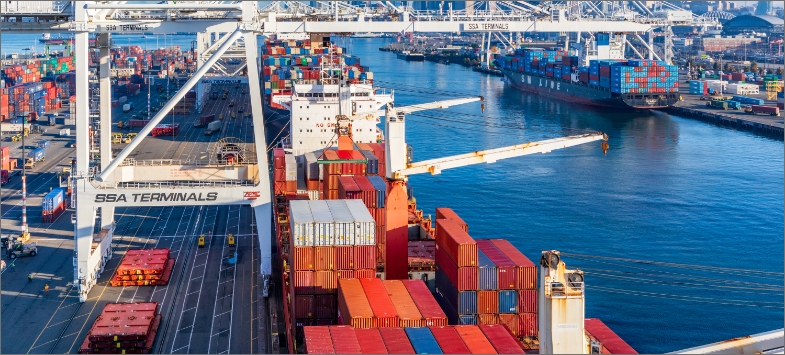

Ports
Louisiana’s public ports system is composed of 40 port authorities and one private offshore port, the Louisiana Offshore Oil Port (LOOP). Both before and after the COVID-19 pandemic, top ports in the state handled between 500 and 550 million tons of goods with vessel dwell times mostly holding steady despite the supply-chain crisis. In 2016, funding for the Louisiana Department of Transportation and Development’s (LADOTD) Port Construction and Development Priority Program (PPP) doubled to $40 million annually, supporting important work. However, outstanding capital project needs outweigh existing funding.


Roads
Louisiana’s 61,000-mile roadway network is vital to commerce and mobility but continues to deteriorate. Nearly half of major roads are in poor or mediocre condition, while traffic has grown 13% since 2017, costing residents and businesses $4.1 billion annually in congestion and wasted fuel. Road funding comes from state and federal sources, yet fuel tax rates have not been updated in over 30 years. The Infrastructure Investment and Jobs Act (IIJA) has provided more than $5 billion for roads and bridges. Still, the state faces a $24 billion project backlog, compounded by aging equipment, staff shortages, and limited maintenance funding. From 2019 to 2023, crashes killed over 4,200 people, of which nearly one-quarter were pedestrians or bicyclists. Both the Louisiana Department of Transportation and Development (DOTD) and cities are pursuing Vision Zero, resilience upgrades, and advanced technologies—including drones, GIS, and intelligent systems—to improve safety, adapt to climate risks, and enhance performance.
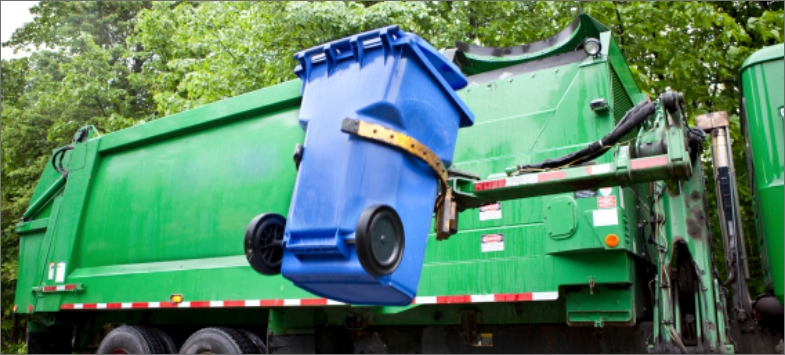

Solid Waste
Louisiana discards approximately 4.5 million tons of residential and commercial waste per year. Recycling and other waste diversion measures recover approximately 295,000 tons of waste per year, and the remainder is disposed of in landfills. There are three main types of waste: non-hazardous industrial waste (Type I), residential/commercial (Type II, also known as municipal), and construction and demolition debris (C&D – Type III). There are 26 permitted active commercial landfills for Types I and II and 28 landfills for Type III. Landfills statewide receive approximately 7.2 million tons of waste per year. This report doesn’t include the landfills at private industrial facilities which are permitted to receive only waste generated on-site. Solid waste disposal is a vital and necessary public health function. Planning, design, permitting and construction of new landfills can take as much as 10 years and cost millions of dollars, so awareness of capacity for existing facilities is critical.
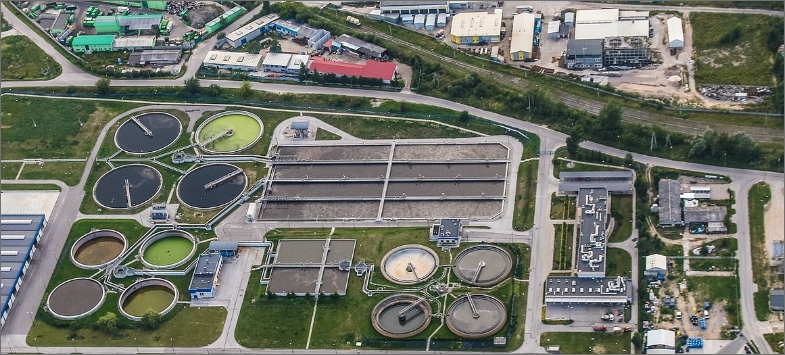

Wastewater
Louisiana’s wastewater infrastructure has seen modest improvements since 2017, supported by increased investment through the Clean Water State Revolving Fund and Water Sector Program. More than 475,000 onsite systems treat roughly 55 billion gallons annually, but many smaller and rural systems still face aging infrastructure and limited funding access. Larger utilities, such as the Sewerage and Water Board of New Orleans, have secured $38 million in SRF loans for capacity and efficiency upgrades. Workforce shortages remain a pressing concern, with certified operator numbers falling from 2,473 to 2,215 between 2022 and 2023 and wages 26% below the national average. Despite these challenges, no illnesses have been linked to treated discharges, and utilities are shifting to safer ultraviolet disinfection. Storm-hardening projects have strengthened resilience, yet $2.4 billion in infrastructure needs persist. Expanding funding access, investing in workforce development, and modernizing rural systems will be essential to sustain progress.
State Fact Sheet
Download Fact Sheet
Aviation
$47 million in 2024 airport improvement grants across 9 major airports

Drinking Water
$9.0 billion total drinking water need

Transit
23 million passenger trips across 50 systems in 2023

Bridges
12,698 bridges, 11.5% of which were structurally deficient in 2024

Hazardous Waste
30 Superfund sites

Wastewater
$2.4 billion total wastewater need

Dams
42 high hazard dams

Levees
2,941 miles of levees protect 2.4 million residents + $155 billion of property

Roads
53% of roads are in poor or fair condition

Connect with Your Legislators
Let everyone know how important it is that we continue to invest in the future of America’s infrastructure.
Take Action Today
